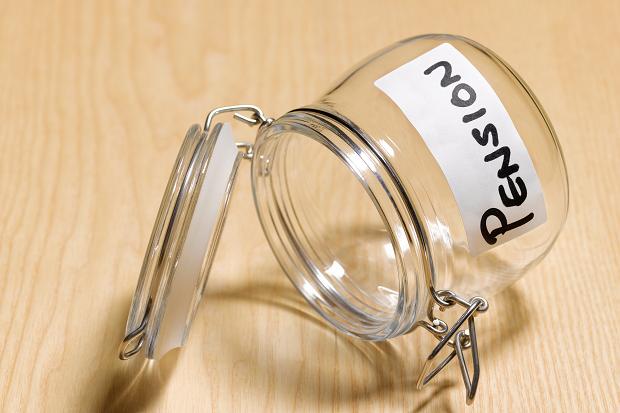Scottish Widows calls for end to £10,000 auto-enrolment earnings threshold

The £10,000 earnings threshold for automatically being placed in a workplace pension should be abandoned, according to Scottish Widows.
The pensions giant has urged that many workers earning less than £10,000 and even some employers, are not aware that employees can choose to opt into their company pension.
This could particularly be an issue for people working several jobs, some or all of which pay less than £10,000.
Scottish Widow’s latest research which surveyed 5,000 adults, found that one in 20 (5%) people with multiple jobs and at least one paying under the £10,000 threshold had been refused enrolment into the company pension by their employer.
The research was carried out by Opinium.
The firm has suggested that some employers either do not understand the rules, or that they are preventing access for workers.
Scottish Widows said that more than four million people in the UK have more than one job, and more than half (55%) of current “multi-jobbers” have taken on an additional job since the start of the coronavirus pandemic.
For those earning between £6,240 and £10,000 per year who choose to opt in, their employer must also contribute 3% of eligible wages. Those earning less can still opt in, but their employer is not compelled to contribute
Two-fifths (43%) of people surveyed believed that all workers were automatically opted in regardless of how much they earn, suggesting that many people do not understand the rules, The Belfast Telegraph reports.
Pete Glancy, a retirement expert at Scottish Widows, said: “While auto-enrolment has been a game-changer for boosting the workplace pension pots of millions across the UK, those whose income comes from more than one job are losing out significantly relative to those with the same income from a single job.
“This was an issue that we first highlighted in 2018 based on research conducted at that time, and our latest research suggests that the problem is not going away.
“A shift towards more multi-jobbers will reverse some of the gains made by auto-enrolment, so the argument to remove the earnings threshold is getting stronger and should be a top priority for the next evolution of the scheme.”
Phil Brown, director of policy at B&CE, the provider of the People’s Pension, commented: “Auto-enrolment has been a huge success and has enabled more than 10 million people to start saving for a pension during the past nine years. However, it could benefit even more people if Government lowered the earnings threshold for auto-enrolment to £6,240.
“This would allow an additional 1.2 million low paid workers, the majority of whom are women, the opportunity to start saving for their retirement. We think that ministers should make this, along with lowering the age threshold for auto-enrolment from 22 to 18, a priority, once the post-Covid economic recovery is complete.”
A Department for Work and Pensions spokeswoman said: “Our ambition is to abolish the lower earnings limit for contributions altogether as well as reduce the age for being automatically enrolled to 18.
“In introducing automatic enrolment we focused on getting the right balance between ensuring that the people most likely to benefit from saving are brought into pensions, and the affordability for individuals and employers. We’re committed to building on this, enabling people to save more and to start saving earlier.”
The Department aims to abolish the lower earnings limit and reduce the age for automatic enrolment in the mid-2020s.










